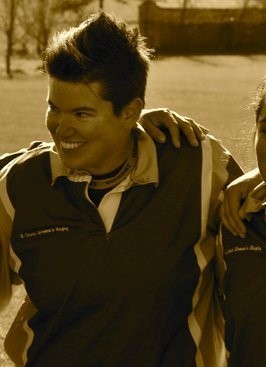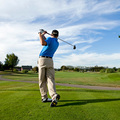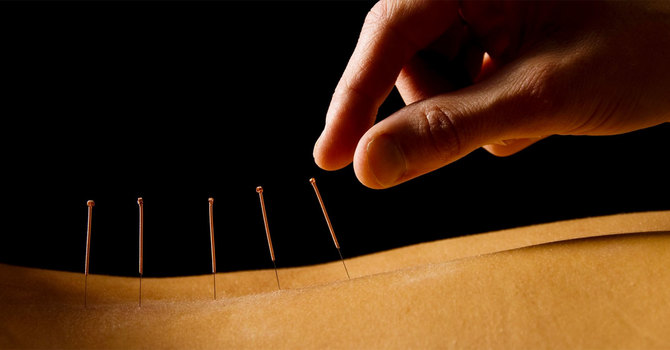
Aren’t all chiropractors the same? They all just crack backs and necks, right? Nope! While manual manipulation (adjustment) of the spine and other joints are our specialty, and what we receive extensive training on, some chiros decide to go beyond their course work done in school. These dedicated professionals will spend nights, weekends, travel far and wide, and pour their money into making themselves better doctors for their patients. Now, once a student graduates this is called continuing education, no big deal, right? Correct, but something you should know is that there are thousands of students across the country doing these very same tasks all while still in school, taking classes, seeing patients, taking their regular class exams AND taking their board exams.
Whew! I was there, because ultimately there is so much more to learn than just what you get in your regular schooling. I noticed, later than I’d like to admit, that there is more to our profession than just the manual manipulation of a joint. There are MORE tools that we need to be able to access to get our patients better. The letters of our credentials mean nothing to someone who is in pain. So, without further ado my additional training is listed below.
McKenzie Method: repetitive movements for a patient with a “slipped disc”, “bulged disc”, degenerative disc disease (DDD). Have you ever been told you have these things?
Dry Needling: the ability to put a thin acupuncture needle, deep into the muscle, into the trigger points and attach electrical stimulation to drop out all the tightness associated within that muscle.
- A well trained chiropractor can put these needles into the tiny muscles that move the bones of the spine. When these muscles get tight, they can clamp down onto the disc and cause undue stress to the joint.
Selective Functional Movement Assessment: There is a reason you can’t touch your toes. Tight hammies? Okay, but why are the hammies tight? This assessment gives us a fantastic road map to figure out the source of the issue. Is it a problem that you can’t touch your toes? If you can’t hinge at the hips properly to pick something up off the floor, then you will use your back, usually your low back and we know where that story goes. The best way to retrieve something on the floor would be to squat. Having trouble squatting? We’ve got answers!
Corrective Rehab Exercises: Manual manipulations only, rarely solve the issues you are having. Training the body how to move again in a safe and productive way. This stops the pain from coming back!
Kinesology Tape: This tape may seem like a minor part of treatment, but it does extraordinary things. This tape is used post-surgeries to help decrease swelling and does a fantastic job at that! It is also utilized for pain management. In some cases, the constant pressure being applied to the area, what I like to refer to as “a little hug”, gives patients confidence and the ability to move the affected area. In this clinic, the use of the name brand “Rock Tape” is used. This is because they produced 3 different levels of stickiness and in most cases, stays on the skin for up to 5 days. Plus, they have so many fun colors and patterns!
Instrumented Assisted Soft Tissue Mobilization: This tool is less utilized as dry needling has a far better affect. But in some cases, and in some areas of the body, this is the best way to soften those trigger points and get an increase in blood flow to the area.
Up Next: Are your headaches coming from your neck pain?





